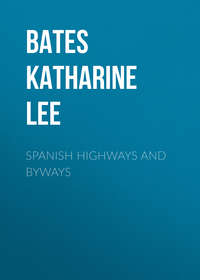Buch lesen: "Spanish Highways and Byways"
Etwas ist schiefgelaufen, versuchen Sie es später noch einmal
Genres und Tags
Altersbeschränkung:
12+Veröffentlichungsdatum auf Litres:
25 Juni 2017Umfang:
450 S. 1 IllustrationRechteinhaber:
Public Domain